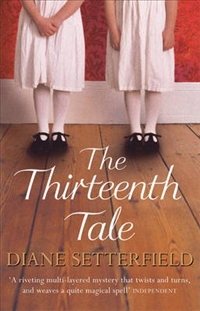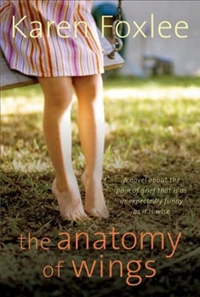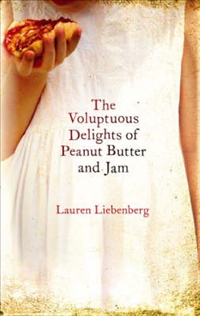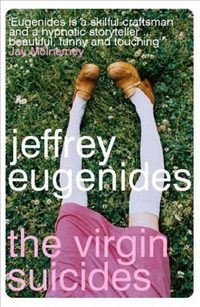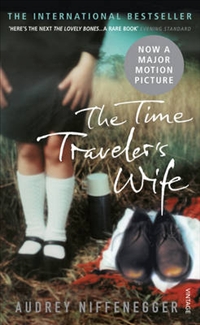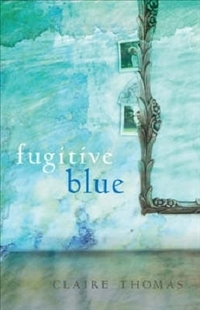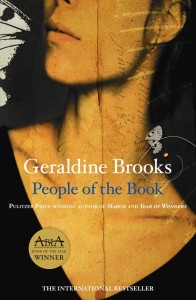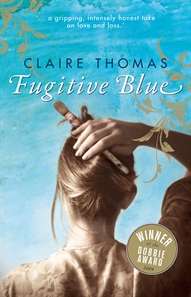What is it with girls and women without heads and book covers? Is it because a face is too specific and can thus be off-putting to a reader, legs or a torso being generic and therefore acceptable? Never mind what feminsim has argued about the objectifying of women and girls. Another reason might be that designers think parts of bodies can be arranged into more pleasing designs.
The literary lottery
The critic Geordie Williamson writes at the end of his article “Writing to Win” in the February 2010 Australian Literary Review about how literary prizes have skewed the publishing landscape for fiction, and even what writers choose to write:
Prize culture, like aristocratic patronage, makes a lottery of literature, in which one, sometimes unworthy, winner obliterates the hopes of a thousand others.
See the entire piece here.
One could substitute “Australian publishing” for “prize culture” and it would be equally true. Publishers seem to select one or two novels that they promote to the hilt while at the same time reducing their fiction lists and letting other books fall by the wayside through lack of any sort of marketing.
Fugitive Blue
I just finished first time novelist Claire Thomas’ novel Fugitive Blue and it struck me how close in structure it was to Geraldine Brooks’ People of the Book. Claire Thomas’ book was promoted quite heavily by Allen&Unwin when it first came out in 2008 but sales, I think, were disappointing. Could this be because of the wishy-washy cover? It shows no hint that this is essentially a historical novel but suggests it is some high brow literary affair on the nature of art. Compare this to the cover for Brooks’ immensely popular People of the Book. There is immediately human interest, the marks of age and the clues the protagonist finds in the ancient text she is restoring (insect wing, a strand of hair).
Fortuitously I went to Claire Thomas’ website and found that A&U are reissuing FB in paperback B format this year and guess what? They’ve changed the cover. This one is better. At least we have an image of a woman (possibly supposed to be the narrator or the 15th century painter of the panel she is restoring) even if we only get her back view but the colour is still insipid. In the novel the colour in question is ultramarine, originally made from crushed lapis-lazuli, which I thought was a darker blue but I could stand corrected on that.
Animals in fiction
There are an estimated four million dogs and two and a half million cats living with us in Australia, and two thirds of homes have a pet (although the 11 million fish inflate this figure!). So why do animals not feature more prominently in writing? We share ‘treetops’ here with a short-legged black dog, Milton, and a long-legged cat, Pippa and I must admit I haven’t thought about featuring them in fiction. I did consider, though, a story about two previous cats, now deceased. One was a big black one who arrived as a stray at six months old, the other a petit tortoiseshell I’d had from a kitten and whom I’d got to keep me company during a year I took off to stay at home and complete my university thesis.
The little one was loving and shy, the big black, tough and streetwise. The stray came to our door one wet, windy winter. Feeling sorry for it, but not really wanting another cat, I put a box with a towel in for it on the porch outside the back door so at least it could sleep somewhere out of the rain. One morning I got up looking for the little cat only to find her curled up in the box with the stray … Continue reading “Animals in fiction”


